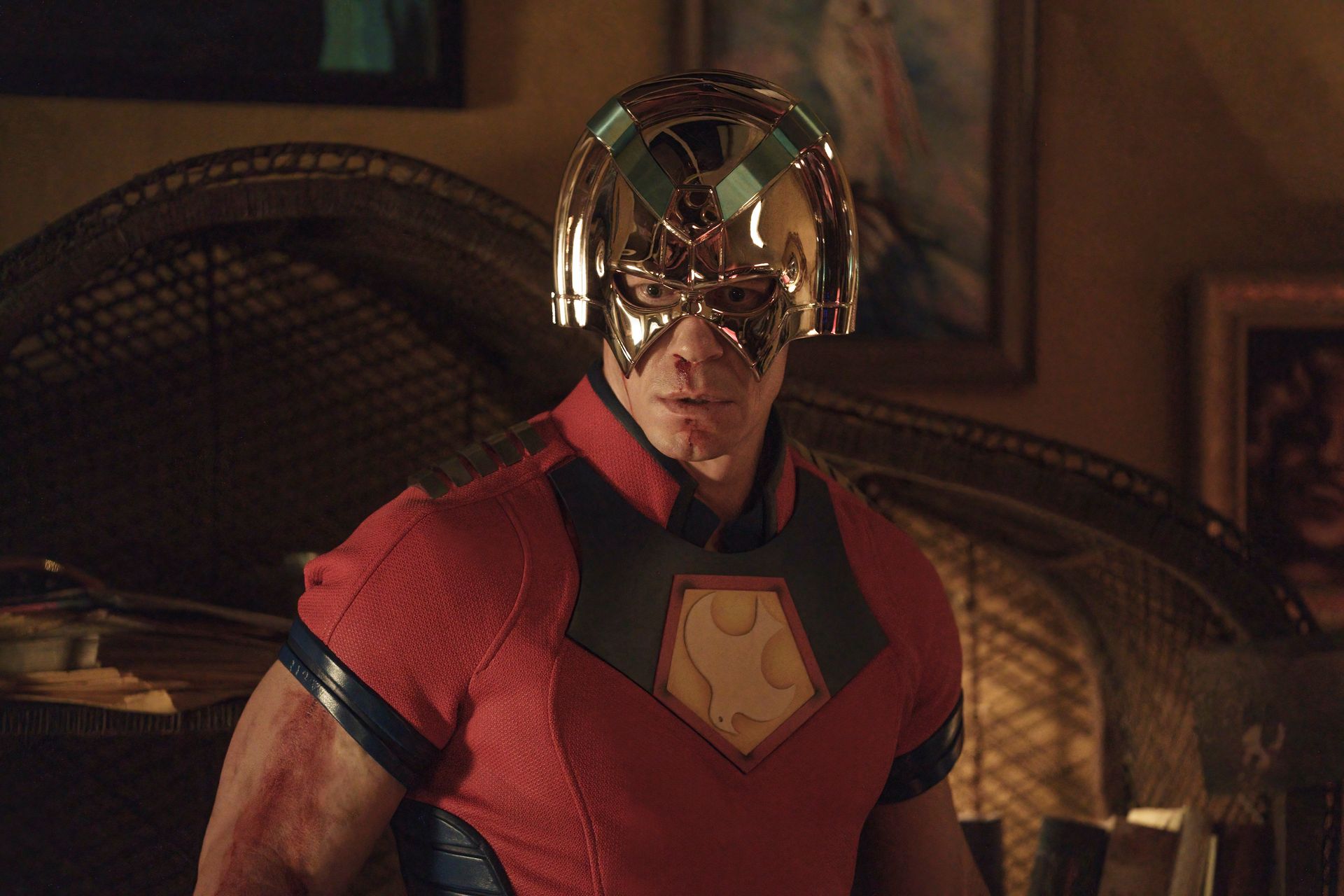Do you think Christian art is cheesy or unoriginal? I did. But it seems that might be changing—and fast.
Grammy nominee and double Dove Award winner Forrest Frank was recently asked in an interview on the Elevation Yth podcast, “What do you say to people who say Christian music is corny?”
I believe his response was not just true for Christian music but for all Christian art: “Give us one more year. … In the same way Christians have sacrificed their value systems to absorb worldly art, I think what’s coming is the world’s gonna sacrifice their value systems to absorb Christian art.”
Until recently, I was deeply skeptical of most “Christian media.” I felt that contemporary Christian artists and movie studios used spiritual themes to pad their wallets more than they glorified God. Even when the intent was genuine, the end result often seemed like it did more harm than good, marked by poor quality, cheesy execution or a tendency to vilify the very people whom we’re called to love and to minister.
I often didn’t give Christian entertainment the time of day, because I thought many pieces of content were cheaply made, unoriginal or just felt like a “Jesus juke” (which is when someone turns a light conversation or topic into something much more serious and “holy”). But now, Christian artists seem to express themselves in more diverse and authentic ways. And because of that, I think there has been a noticeable shift in the quality of Christian content.
A New Era in Christian Artistry
You may have noticed the surge of Christian content breaking into mainstream platforms. On the music front, artists such as Forrest Frank are leading the charge. (His songs are becoming some of the most-used sounds on social media reels.)
The Chosen and House of David have both landed on Prime Video’s Top 10 list. Angel Studios has released a string of successful films over the past five years, drawing in broader audiences. Even major players, such as Lionsgate, are investing more in Christian storytelling.
More than ever, it feels like Christian art is finding a platform and being celebrated. I think that’s because Christians are finally being creative and original, while also being unapologetic about what their art is truly about. And while you might disagree with the theological beliefs of certain creators, it seems there is more to glean from new Christian content than in years past.
Christian Movies and TV Shows
A decade ago, it was hard to find Christian movies or TV shows that were both biblically grounded and enjoyable to watch. Performances could be mediocre; scriptural content felt tacked on; and nonbelievers were frequently portrayed as caricatures or outright villains. Add to that weak storytelling, poor production quality and a lack of creative vision, and it’s no wonder many people have dismissed Christian entertainment altogether.
If you had told me then that a Christian television show would make it into Prime Video’s top TV shows, I never would have believed you. But with faith-focused filmmakers turning their attention to better storytelling, character development, aesthetics, camera quality, casting and overall artistic vision, I can easily see why that’s the case now.
We have the greatest story ever told to share with the world. So it’s nice to see Christian filmmakers doing the Bible and other Christian stories justice!
Christian Music
Similarly, Christian music has been going through a bit of a growth spurt. About 10 years ago, (or perhaps even 20, 30 or 40 years ago) you could argue that most popular Christian musiccontained the same three to four chords. Much of it tried to fit under the “Contemporary Christian Music” label. And it tended to be very one-dimensional (barring, perhaps, a few outliers). If you had heard one Contemporary Christian song in the 2010s, you had heard them all.
But now, artists across nearly every conceivable genre are creating music that points to Jesus as our Savior. We have Christian pop, country, lo-fi, rock, hip-hop, R&B, praise and worship and even Christian metal for those who are into that. Christian music is no longer one-dimensional: It’s finally becoming as diverse as the body of Christ itself.
How We Keep Getting Better
I believe that Christian art is improving because we’ve finally started letting artists be themselves, giving voices to those who are not only theologically rich but beautifully artistic and creative.
In the past, Christian content tended to focus only on the most broadly accepted parts of Christianity, playing it safe to avoid offending anyone. But safe doesn’t always mean sincere, and it rarely leads to great art. And being rooted in truth can actually free artists to be more original and excellent in the art they make.
Thanks to the internet and the rise of independent creators, we’re seeing more Christian artists step outside the CCM box. They’re creating works that are honest, thoughtful and boldly creative, even if they doesn’t fit neatly into everyone’s theological framework.
Not every Christian encounters God in the exact same way. And that’s OK. That’s good even. Because sometimes, it’s through someone else’s perspective that we gain a deeper understanding of our own faith. But as a result, we might be exposed to some grittier Christian stories than we’re perhaps used to (just think of 2023’s Jesus Revolution). But as long as something isn’t blasphemous or leading people away from Christ, we don’t necessarily have to agree on every secondary issue to appreciate and support Christian art.
So how do we help Christian art grow? Support it. Encourage the creatives in your church. Stream their music. Share their videos. Go see that Christian film in theaters. And don’t dismiss something just because it doesn’t reflect your exact personal experience: Lean in. Listen. And see what God may be doing through someone else’s lens.

















